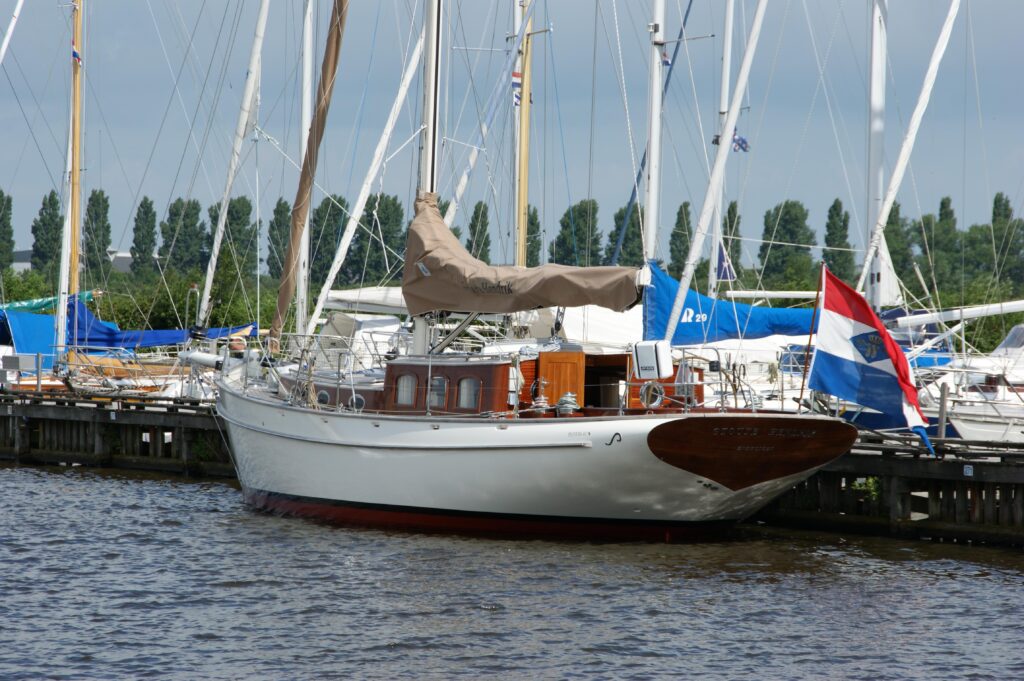
Introduction
The puffin is a charming seabird that has captured the hearts of nature enthusiasts across Canada and beyond. Known for its distinctive colorful beak and clumsy yet endearing flight, the puffin is a key species in marine ecosystems. Their presence is not only significant to biodiversity but also serves as an indicator of ocean health.
Puffin Species and Habitat
Canada is home to two puffin species: the Atlantic puffin and the horned puffin. The Atlantic puffin, a popular sight along the coasts of Newfoundland and Labrador, is known for its brilliant orange and yellow beak that becomes particularly vibrant during the breeding season. In contrast, the horned puffin, found primarily in the northern Pacific regions, features a more subtle yet equally striking appearance with distinctive ‘horns’ above its eyes during mating season. These seabirds prefer rocky coastal islands, where they nest in burrows and hunt for fish and marine invertebrates in the surrounding waters.
Current Conservation Status
Puffin populations have faced significant threats due to climate change, overfishing, and habitat disturbance. According to the latest data from the International Union for Conservation of Nature (IUCN), the Atlantic puffin is listed as Vulnerable. Efforts are underway by various conservation organizations to monitor their populations and protect their habitats. The Canadian Wildlife Service, for example, is actively conducting studies and creating conservation strategies to ensure these birds can thrive in their natural habitats.
Community Engagement and Eco-Tourism
As awareness grows regarding the importance of puffins to marine ecosystems, many local communities have embraced eco-tourism, allowing visitors to observe these captivating birds in their natural settings. Whale-watching tours often include puffin spotting, drawing tourists and helping to support local economies while fostering appreciation for wildlife. Initiatives in places like Gros Morne National Park promote responsible wildlife viewing, ensuring minimal disruption to the breeding sites of these birds.
Conclusion
The puffin is more than just an appealing seabird; it is a vital part of the marine ecosystem, with its fate intertwined with that of the ocean. The conservation of puffins is essential not only for ecological balance but also for maintaining the natural heritage of Canada’s coastal regions. As awareness increases and conservation efforts expand, there is hope for the survival of these iconic birds. Local communities and wildlife enthusiasts play a crucial role in the future of puffins, encouraging a collective effort to protect this beloved species for generations to come.



